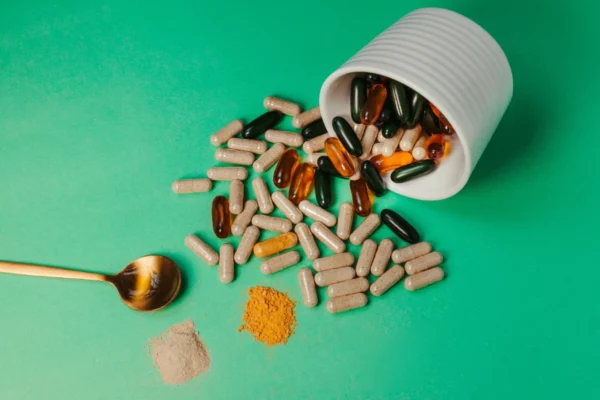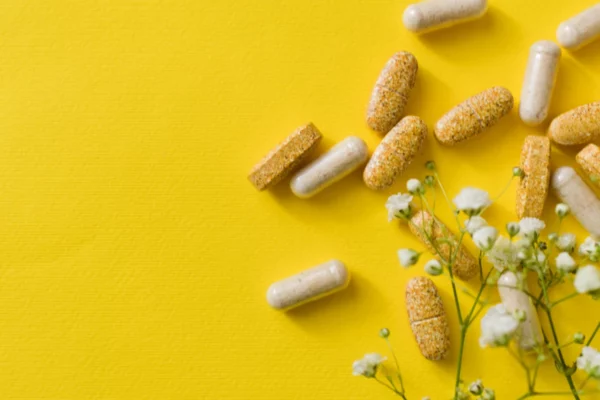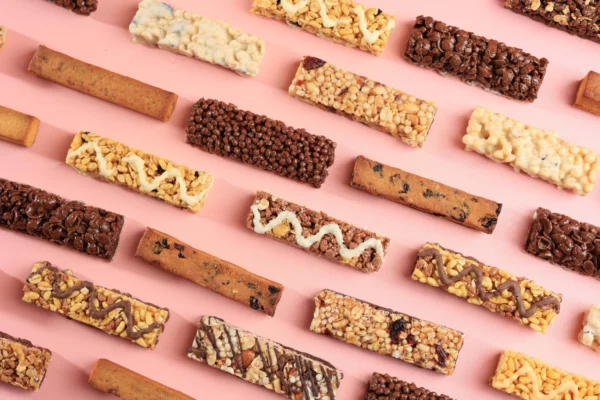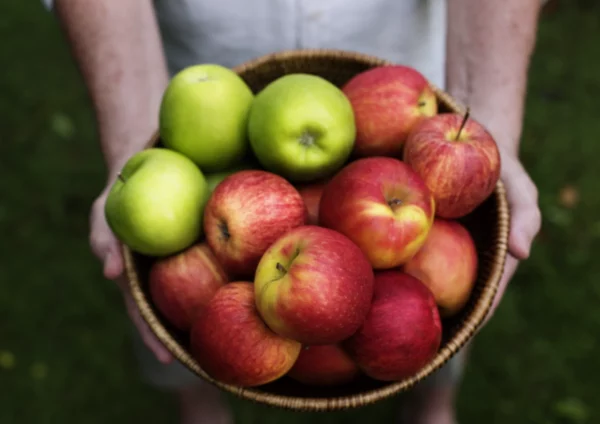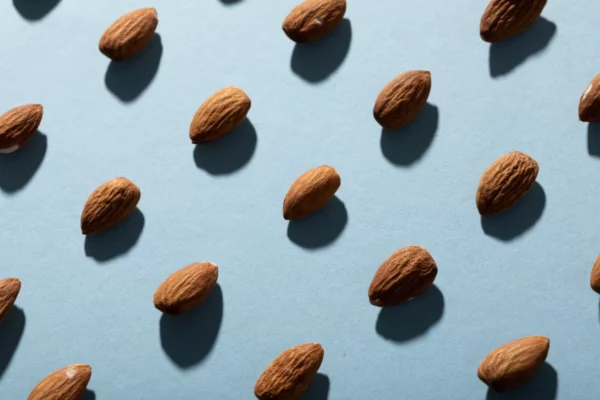How to Use High-Fiber Foods for Weight Loss
High-fiber foods can be an excellent tool for weight loss. They help keep you full for longer, regulate blood sugar levels, and improve digestion. Here’s how to effectively use them in your diet to shed extra pounds:
Key Takeaways
High-Fiber Strategy Why It Works for Weight Loss Increases Satiety Helps you feel full, preventing overeating Regulates Blood Sugar Reduces insulin spikes, which can curb cravings Improves Digestion Keeps your digestive system running smoothly, preventing bloating Low-Calorie Density Fiber-rich foods are low in calories but high in volume, helping you eat more while consuming fewer calories
Why Fiber Helps with Weight Loss
Fiber is a type of carbohydrate that the body can’t digest. While most carbohydrates are broken down into sugar molecules, fiber passes through the digestive tract and works in unique ways to support weight loss:
1. Promotes Fullness (Satiety)
Soluble fiber absorbs water and forms a gel-like substance in your gut. This slows digestion, making you feel full for a longer period and reducing the likelihood of overeating. Foods like oats, beans, and chia seeds are rich in soluble fiber.
2. Reduces Calorie Absorption
High-fiber foods can reduce the number of calories your body absorbs from meals. Studies have shown that fiber may reduce the absorption of fat and protein by trapping some of them and carrying them out of your system. Source: PubMed Study on Fiber and Weight Loss
3. Prevents Blood Sugar Spikes
By slowing digestion, fiber helps prevent rapid spikes in blood sugar levels, which can lead to cravings for sugary or high-calorie foods. This is especially important for weight loss because stabilized blood sugar levels mean fewer cravings and less overeating.
4. Low in Calories but High in Volume
Many fiber-rich foods are lower in calories but take up a lot of space in your stomach, which can help you consume fewer overall calories throughout the day without feeling deprived.
Best High-Fiber Foods for Weight Loss
Incorporating these high-fiber foods into your daily diet will help you feel full while reducing calorie intake:
Top 10 High-Fiber Foods for Weight Loss
Food Serving Size Fiber Content Calories Avocados 1/2 medium (100g) 7g 160 kcal Lentils 1 cup cooked 15.6g 230 kcal Chia Seeds 2 tbsp (28g) 10g 138 kcal Broccoli 1 cup cooked 5g 55 kcal Oats 1/2 cup dry 4g 150 kcal Black Beans 1/2 cup cooked 7.5g 114 kcal Apples (with skin) 1 medium 4.4g 95 kcal Pears (with skin) 1 medium 5.5g 101 kcal Quinoa 1 cup cooked 5.2g 222 kcal Carrots 1 cup raw 3.6g 52 kcal
How to Incorporate High-Fiber Foods into Your Diet for Weight Loss
Here are some practical ways to boost your fiber intake without feeling overwhelmed:
Start Your Day with Fiber
• Add oats or chia seeds to your breakfast. You can make overnight oats with fruit and chia seeds for a double fiber boost. • High-Fiber Smoothies: Blend spinach, berries, chia seeds, and almond milk for a fiber-packed smoothie.
Bulk Up Meals with Veggies
• Add broccoli, carrots, or other fiber-rich vegetables to soups, stir-fries, or salads. These foods are low in calories but will fill you up.
Swap Low-Fiber Grains for High-Fiber Alternatives
• Replace white rice or pasta with quinoa, brown rice, or whole-grain alternatives to increase your fiber intake without adding too many calories.
Snack Smart
• Swap processed snacks with apple slices, raw veggies with hummus, or handfuls of nuts to avoid high-calorie, low-fiber foods.
Incorporate Legumes
• Beans and lentils are excellent fiber sources. Add them to soups, stews, salads, or use them as a meat substitute in meals like tacos or burgers.
Opt for Whole Fruits Over Juices
• Eat whole fruits instead of fruit juices. The skin of fruits like apples and pears contains much of the fiber, which is often lost when juicing.
Additional Health Benefits of Fiber
Beyond aiding in weight loss, fiber has other notable health benefits:
- Promotes Gut Health: Fiber acts as a prebiotic, feeding beneficial gut bacteria that support digestive health and may influence metabolism.
- Lowers Cholesterol: Soluble fiber has been shown to lower LDL (“bad”) cholesterol, helping to reduce the risk of heart disease.
- Improves Bowel Regularity: Insoluble fiber adds bulk to stools, preventing constipation and promoting regular bowel movements.
Micronutrients found in High-Fiber Foods include:
- Vitamin C (Broccoli, Apples)
- Potassium (Bananas, Avocados)
- Magnesium (Lentils, Quinoa)
- Antioxidants (Berries, Carrots)
Potential Challenges with Fiber and Weight Loss
Bloating and Gas
A sudden increase in fiber intake can cause temporary bloating and gas. To avoid discomfort, gradually increase fiber intake and drink plenty of water to help the fiber move through your digestive system.
High-Fiber and Special Diets
• Vegan and Vegetarian: High-fiber foods are staples in these diets, including legumes, vegetables, and fruits. • Gluten-Free: Be mindful of grains like oats, ensuring they’re labeled gluten-free. Other gluten-free options include quinoa and lentils. • Low-FODMAP: Certain high-fiber foods like beans and lentils may cause digestive discomfort for those with IBS. Choose low-FODMAP options like carrots, spinach, and zucchini. • Whole30 and Paleo: Focus on fiber-rich vegetables, fruits, and nuts.
FAQs About Using Fiber for Weight Loss
How much fiber should I eat to lose weight?
Aim for at least 25-30g of fiber per day from a variety of sources. Start slow if you’re new to high-fiber foods.
Can eating too much fiber hinder weight loss?
Yes, too much fiber can cause digestive discomfort like bloating or gas, which may discourage consistent healthy eating. Moderation is key.
What’s the best type of fiber for weight loss?
Both soluble and insoluble fiber are beneficial. Soluble fiber (oats, beans) helps with satiety, while insoluble fiber (whole grains, vegetables) promotes bowel health.
Should I take fiber supplements?
While supplements can help if you’re struggling to meet your fiber goals, it’s better to get fiber from whole foods for the additional nutrients and health benefits.
What are the best snacks to lose weight with fiber?
Good options include an apple with almond butter, carrot sticks with hummus, or chia seed pudding.
Can I eat high-fiber foods at night?
Yes, but avoid high-fiber meals immediately before bed if you’re prone to bloating. Smaller, balanced portions are best for late meals.
How long does it take for fiber to impact weight loss?
While fiber’s effects on satiety are immediate, consistent results, like reduced cravings and better digestion, may take a few weeks.
Are high-fiber foods low in calories?
Most high-fiber foods are low in calories but high in volume, making them perfect for weight loss.
Do I need to increase water intake with high-fiber foods?
Yes, drinking water helps move fiber through your digestive system and prevents constipation.
Are high-fiber foods good for belly fat?
Yes, studies suggest that soluble fiber in particular can help reduce visceral fat, the fat stored around the abdomen.
